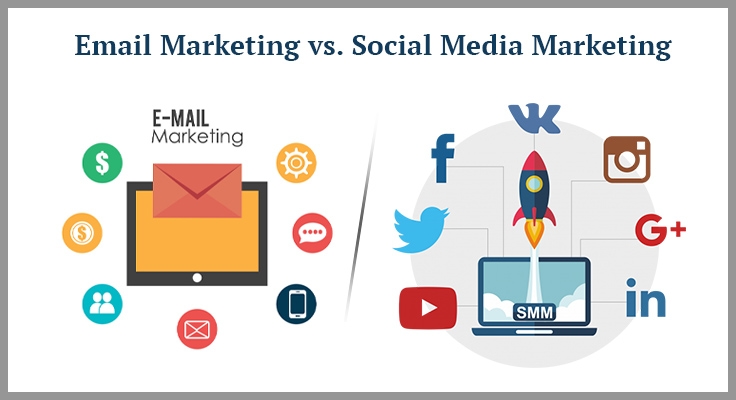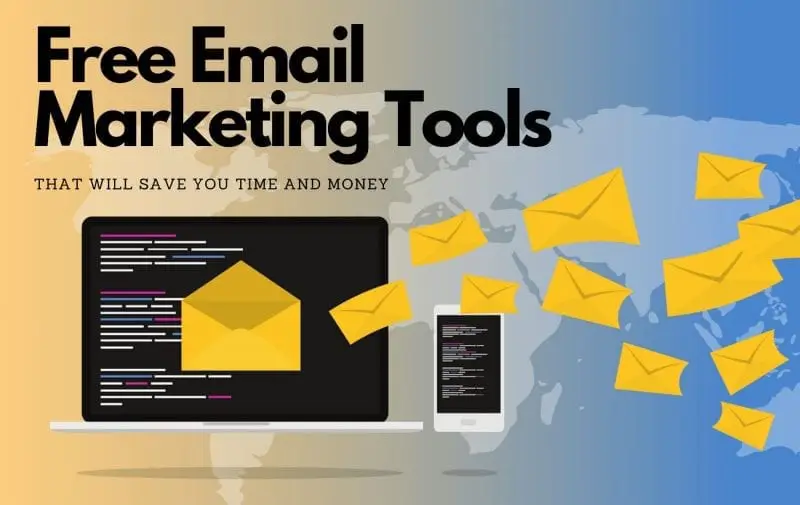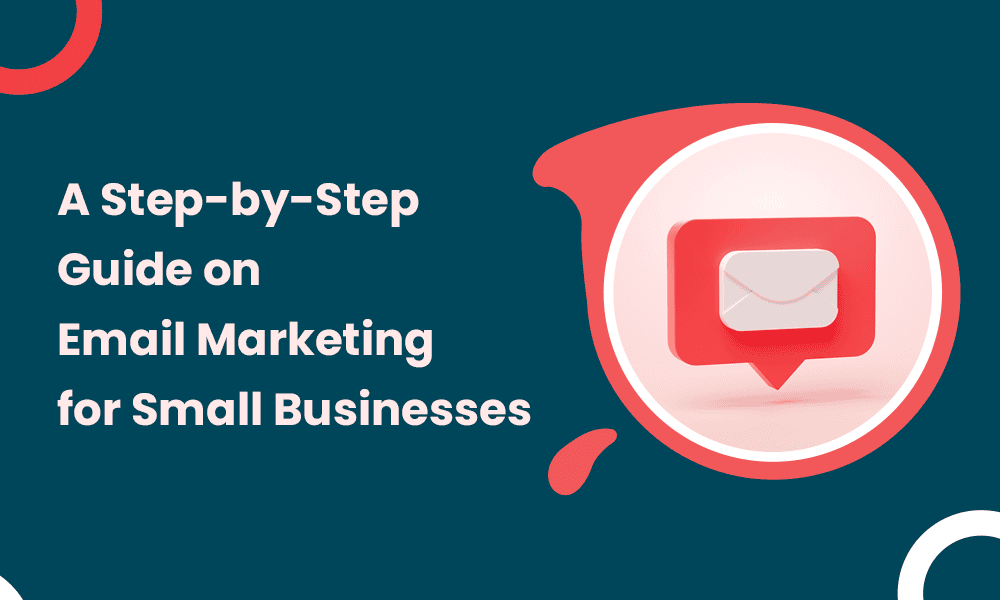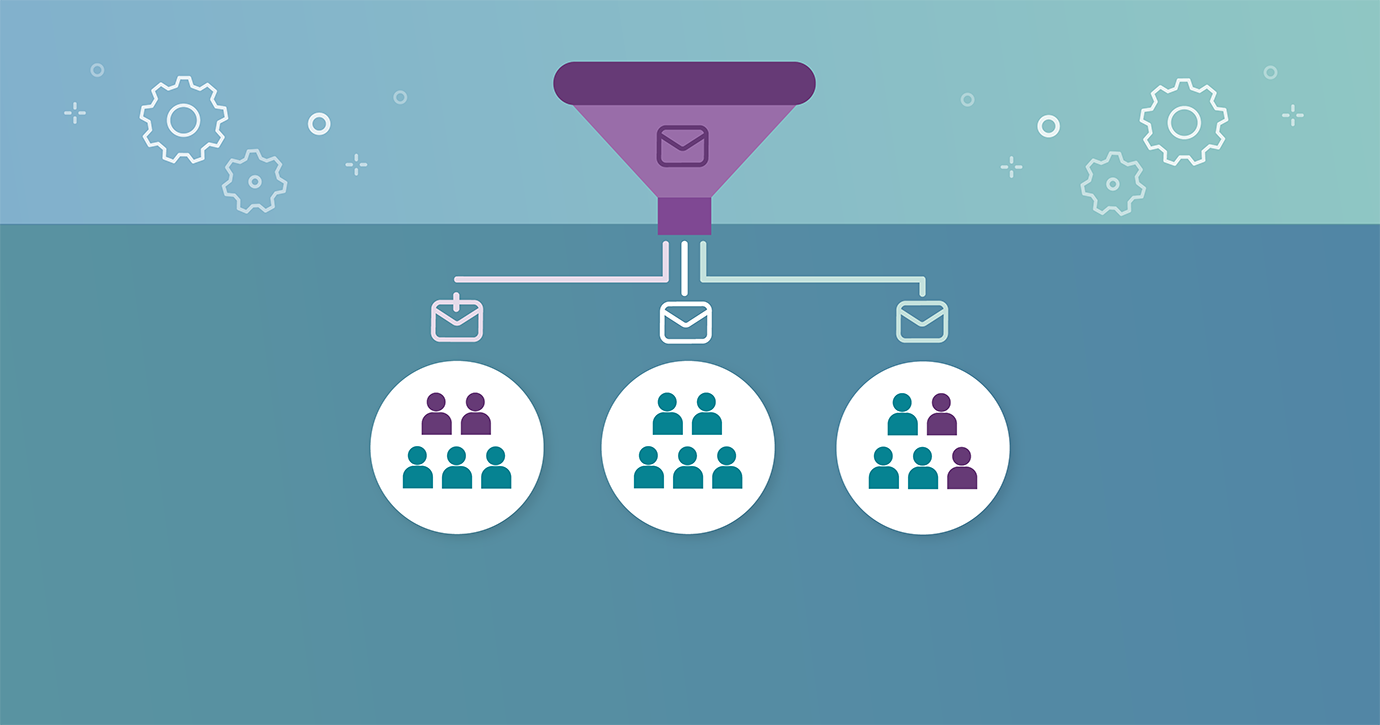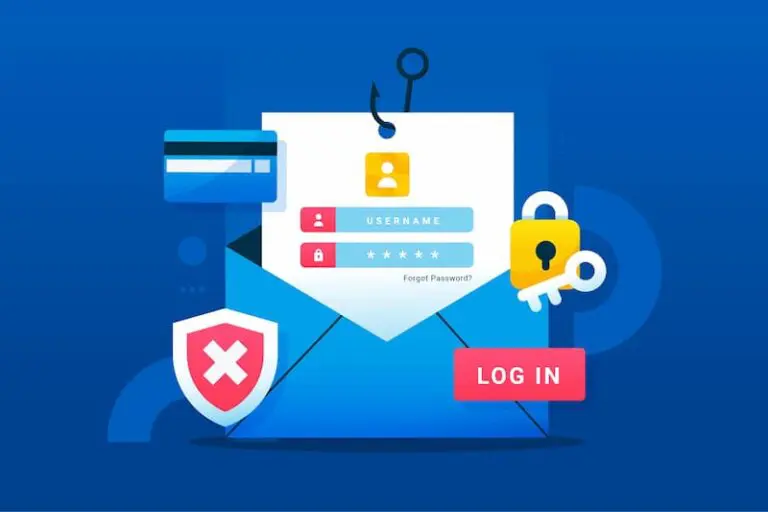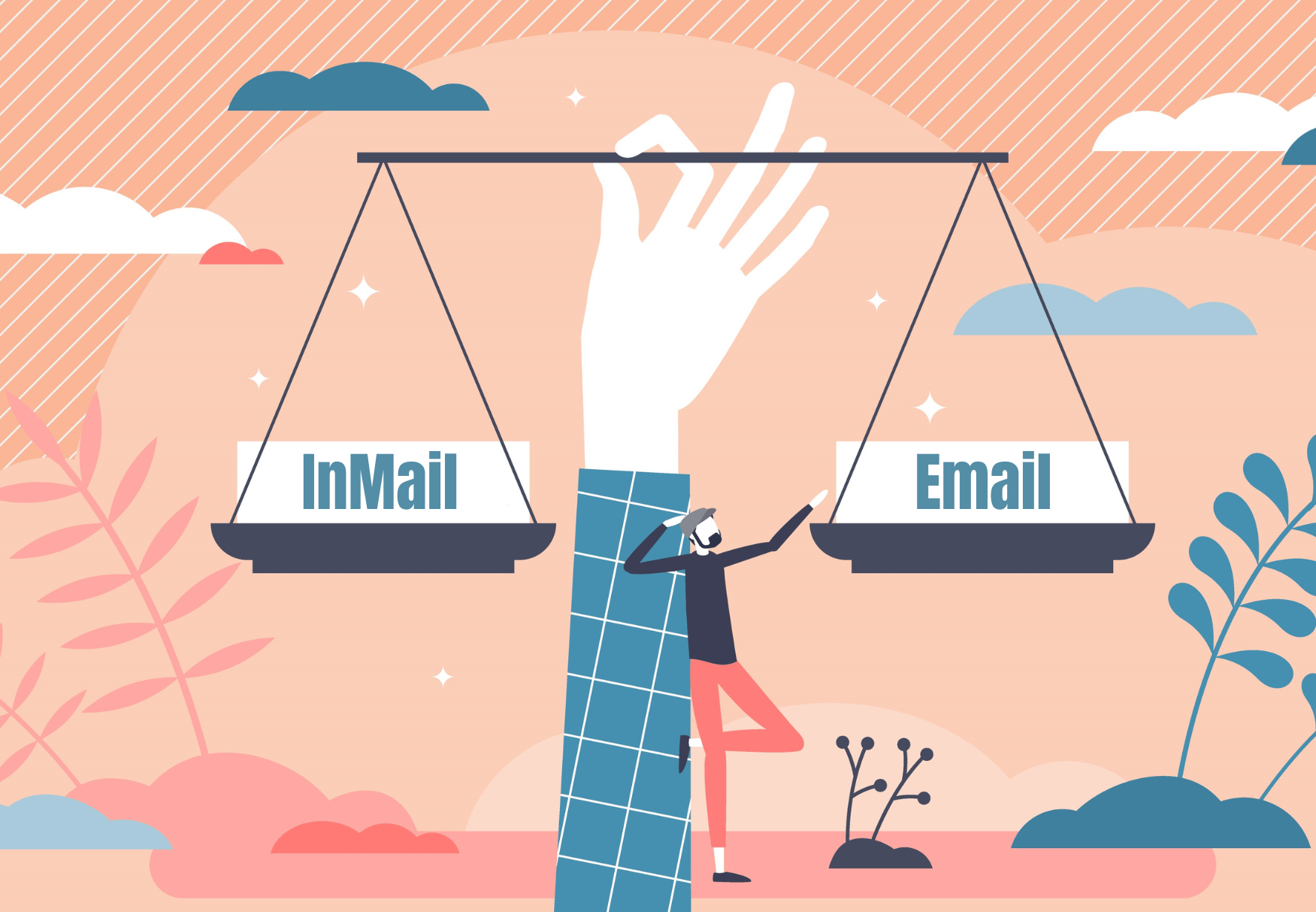Define Your Segments
Effective email segmentation starts with clarity. Who are you targeting, and why? Define the key characteristics, pain points, and goals of each group. Understand what kind of content they value, and how your emails can deliver it. Strong segments are not just categories—they are profiles shaped around customer behavior and business goals.
Don’t overcomplicate. Many brands create 50+ micro-segments, which often leads to confusion and low impact. Instead, structure around lifecycle stages:
- Engaged: General updates, offers, and product launches.
- Prospects: Focused content that nurtures and educates.
- Buyers: Target with cross-sells, reviews, and repeat purchase incentives.
- VIPs: Exclusive perks and loyalty-driven campaigns.
- Lapsed: Win-back strategies with tailored updates.
Start simple. Keep reviewing as you grow.
Track Your Metrics
Once you’ve defined segments, monitor their performance. Key metrics include open rate, click-through rate, conversion rate, revenue per email, unsubscribe rate, and spam complaints. Segment-specific tracking reveals which groups are driving value and which require adjustments.
Focus on metrics like:
- Spam complaints: High complaints mean poor targeting.
- Unsubscribes: High rates suggest irrelevance or over-emailing.
- Customer lifetime value: Strong indicator of long-term success.
- Revenue per email: Essential for ROI assessment.
Tracking trends helps you tweak and improve over time. Don’t assume—analyze.
Test Your Segments
Use A/B testing or multivariate tests to understand what messaging resonates with each group. Experiment with subject lines, offers, images, CTAs, and send times.
For example, test one email across different segments—first-time buyers, repeat buyers, and VIPs—to see how each responds. Use those insights to tailor future campaigns.
Avoid testing too many variables at once. Start small, iterate quickly, and use the results to refine your strategy.
Review Your Segments
Segmentation isn’t static. Customers evolve—and so should your segments. Review and update them quarterly to stay aligned with current data, behaviors, and goals.
Don’t stick to outdated segments. Audit your lists for:
- Activity level
- Purchase recency
- Feedback or support interactions
- New interests or demographics
Exclude unqualified contacts—like frequent bouncers or role-based emails—to improve deliverability and engagement.
What Else to Consider
Evaluate your segmentation’s success with a holistic view:
- Compare segmented vs. general email performance
- Look for lower unsubscribe rates in segmented campaigns
- Gather customer feedback for qualitative insights
- Watch for consistent metric improvements
- Avoid hyper-segmentation that burdens your content team
Sometimes, fewer, smarter segments drive better results than many complex ones. Start with clear goals and iterate using real-world performance data.
